Saturday Shoutout / Urban Assault
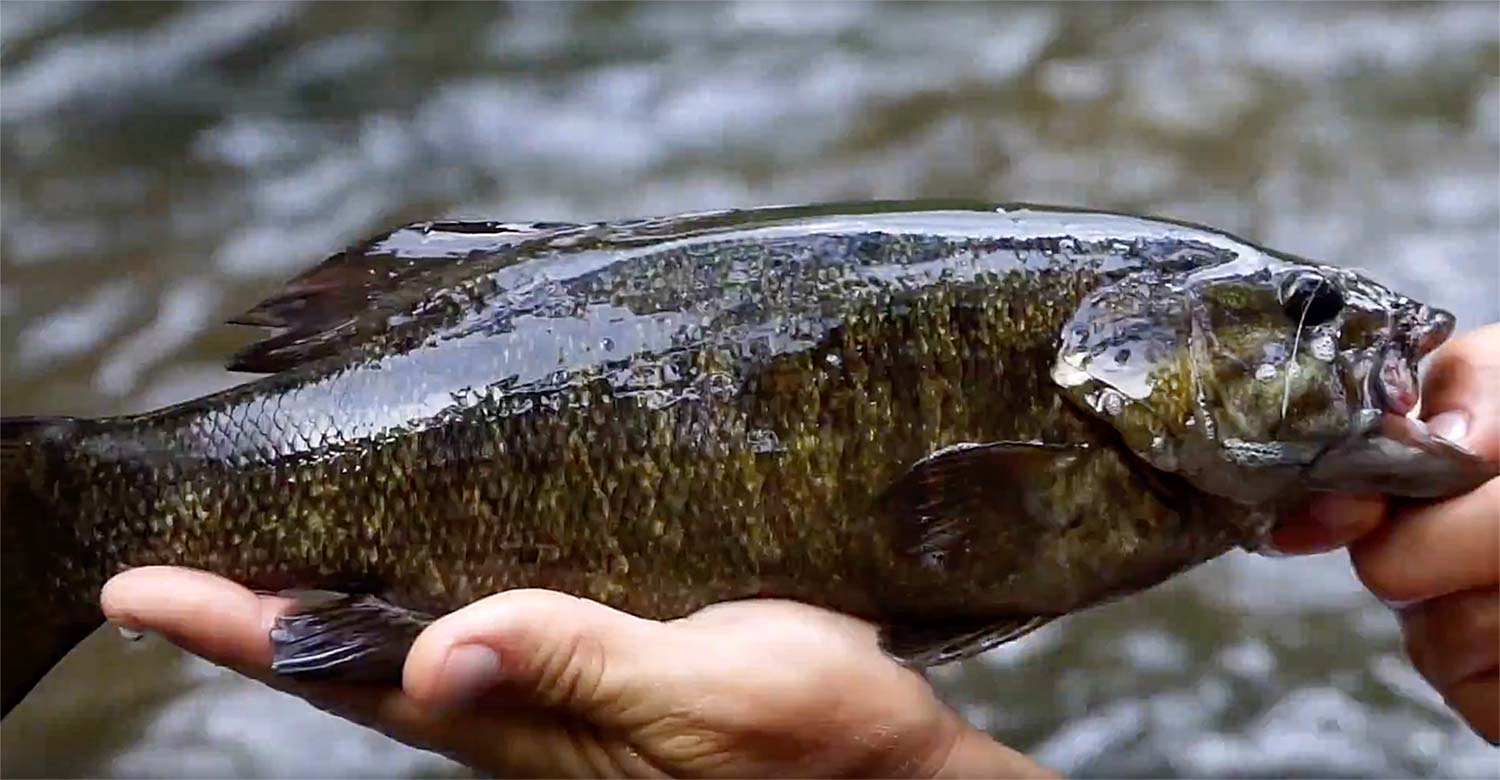
Urban fly fishing, is it cool?
I live in the city, and I confess I do this. I fish some pretty sketchy water. Places you might want to throw your fly line away after fishing and places were I carry bear spray, and not for bears. I’ve found some surprisingly nice fish.
I’m not giving up my spots but I’ll sure out these dudes in Minneapolis. It’s crazy the species they find in the heart of town. Makes me want to catch a bus.
FLY FISHING MINNEAPOLIS
Read More »The Double Spey, For Single Hand
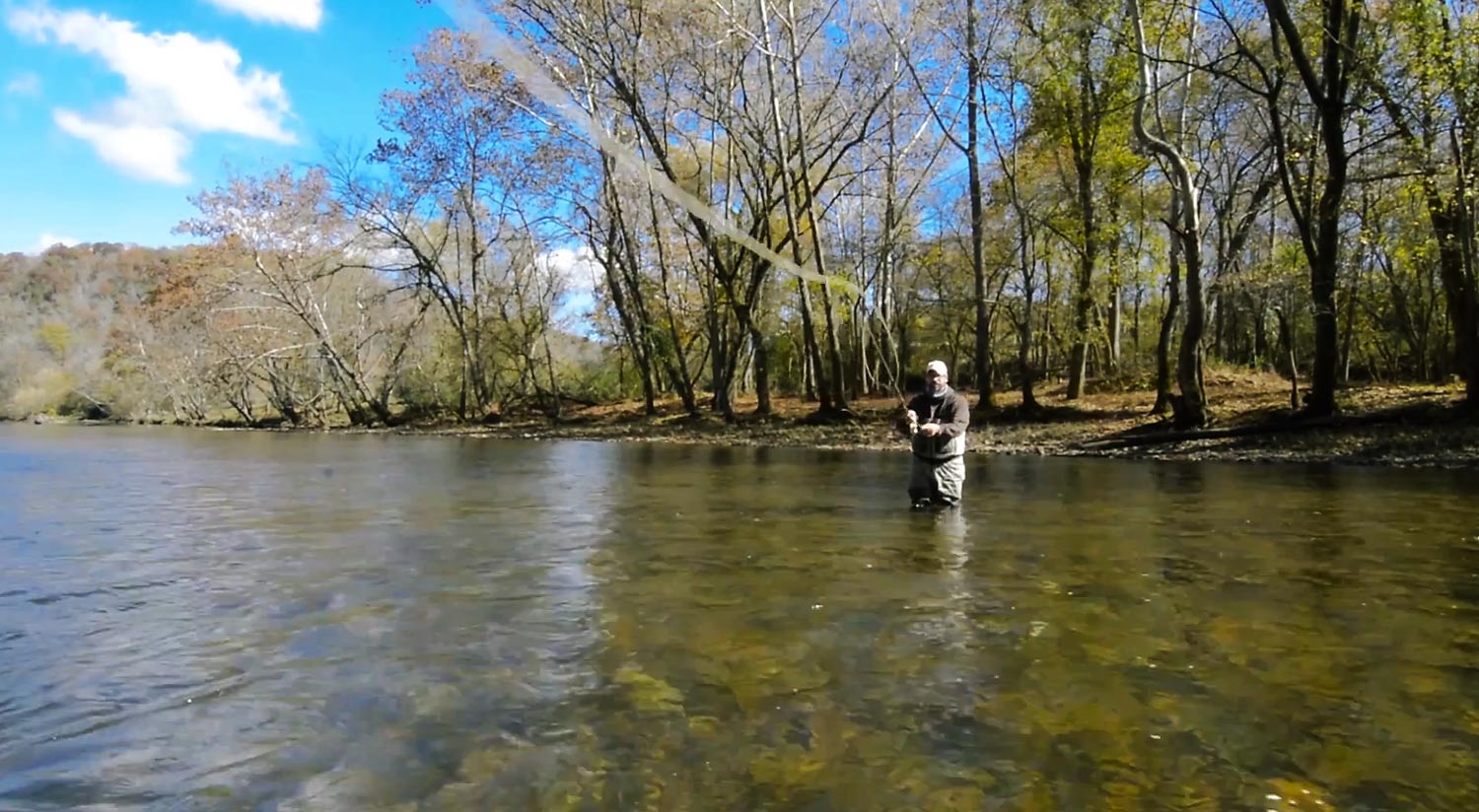
Access to a couple of good Spey casts can be a game changer for single-hand fly anglers.
All of the same physics that’s at work in Spey casting carries over to the single-hand rod. Although Spey casting can be technical and intimidating for the uninitiated, it’s really not rocket science and adding a couple of Spey techniques to your single-handed casting will put you on more fish.
Every single-hand caster is familiar with the roll cast. Most Spey casts build on the same principals that make up a roll cast. Spey casts use different methods to form the D loop and load the rod but are very similar and add a whole lot of extra power and distance.
One of the easiest and most useful casts for the single-hand angler is the Double Spey. It’s a powerful cast that works when you are casting from river right, if you’re a right-hand caster. The cast uses the current to put your line in the right position to start. With a few adaptations it can be made in still water, or from river left, but for now we’re just going to learn the basics.
THERE ARE 3 PARTS TO THIS CAST
It’s worth mentioning that some details will vary from casting with two handers
Setting the anchor
The tension of your leader and the tip of your fly line creates an anchor which allows you to load the rod with the weight of the fly line, during the next step. For everything to come off right, the anchor has to be in the right position. Start by facing your target. Then lift your rod, crossing your body, and drop your fly a rod length away and downstream at a 45 degree angle. Your rod should
Don’t Be Like This Guy
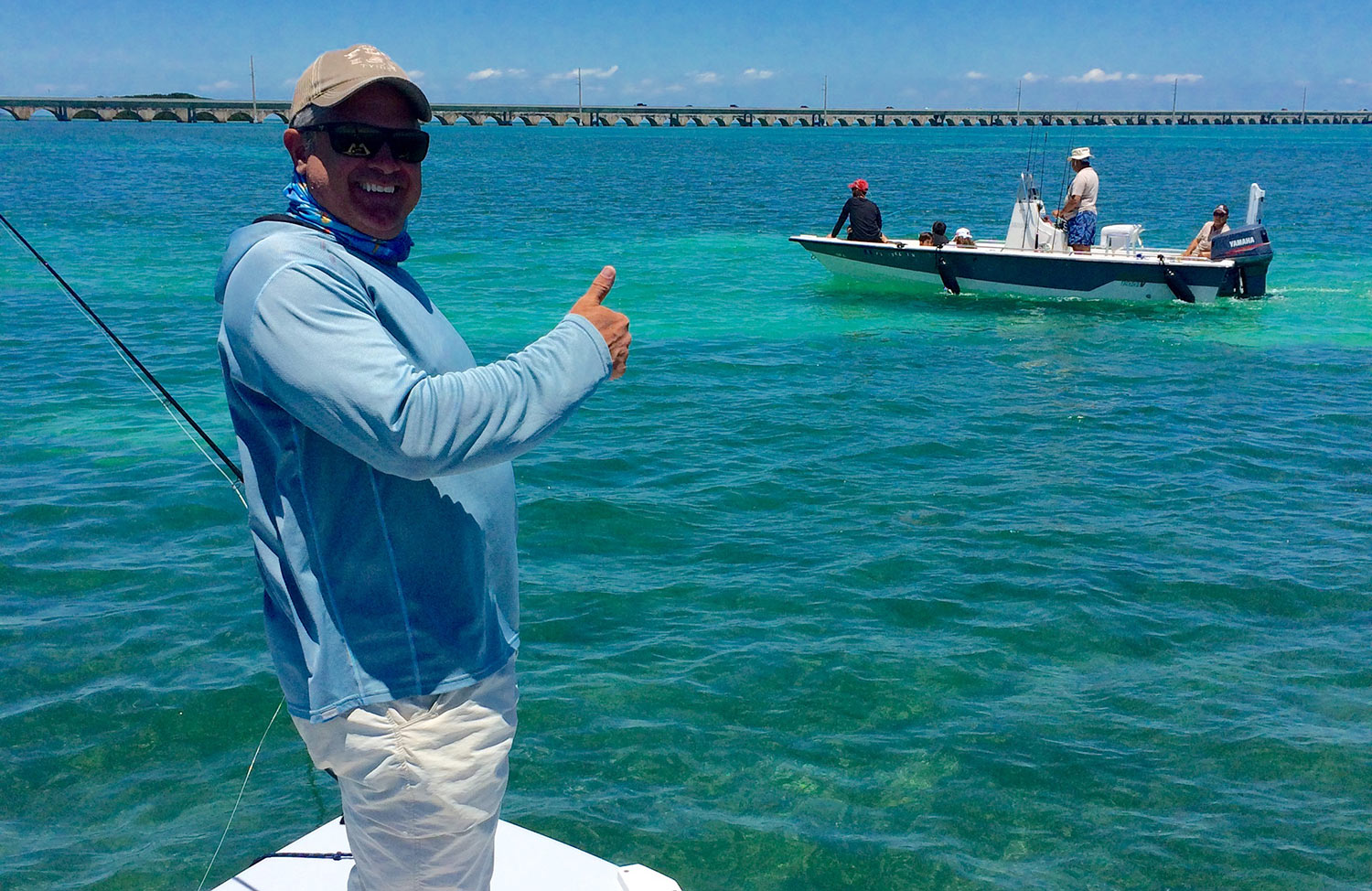
I hope this is so obvious it needs no explanation.
There we are staked up waiting for migrating tarpon when this guy rolls up, jig at the ready. I’m sure he thought we were on fish. His kids huddled down in the floor of the boat and he wouldn’t even look at us. His wife at least had the decency to say, “I’m sorry.”
On the bow my buddy Scott offers an enthusiastic thumbs up. One of the reasons I love fishing with that guy. Nothing ruffles his feathers. I’d have likely put a hook in his ear. Scott was paid back karmicly by jumping a 150 pound tarpon that afternoon. It broke him off but it was still awesome. Wish I had a photo. I was on the phone with my mother. If you’re a mother, you call at the wrong time. It’s what you do.
Anyway, a picture is
Read More »12 Tips For Epic Fly Fishing Trips On The Cheap
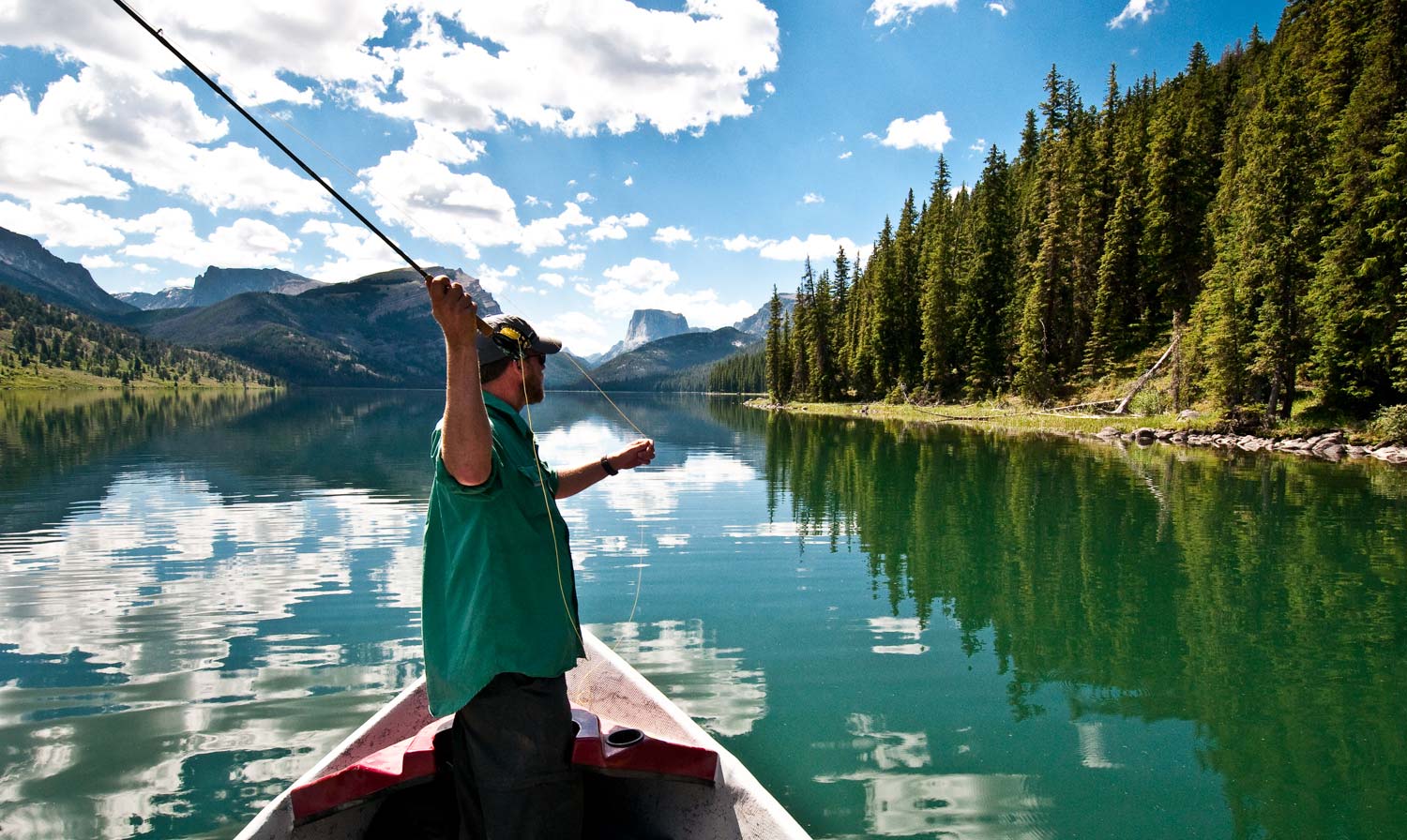
You may be poor, but you don’t have to fish like it.
Some of the greatest fly fishing adventures I’ve taken have cost me the least. I love fishing in exotic locations and spending time at great fishing lodges. Who wouldn’t? But that’s a fairly recent thing for me and primarily funded by my Nikon. Working for my fishing days has paid off for me, but that’s not an option for everyone.
I have never let a lack of funds get between me and great fly fishing. I’ve always figured out a way to get on the water and create some kind of epic adventure. Over the years I’ve figured out one or two tricks that make for great fly bum trips on the cheap. I’m going to share a few of them so you can do the same.
TEAM UP
There’s nothing more helpful than a good fishing buddy, or two. Having good friends to share both costs and experience with will make your fishing trips a hundred times better. A buddy can do more than split the cost of gas. He might lend you a rod or take turns rowing the boat. He may have knowledge about water that you don’t. He may just tell a good story or be a good listener. Finding good, compatible friends to travel and fish with is the most important step you can take in having a truly epic trip.
CAMP
Hotels cost money and do very little to enhance the fishing experience. Camping saves you a bundle and makes the trip a whole lot more special. Waking up on the river beats the hell out of a continental breakfast. Get your camping gear in order and go as light as possible. Less time messing with gear means more time fishing. I have gone so far as to buy an extra tent, sleeping bag and a few necessities which I keep at a friend’s house in Denver. If I find a cheap ticket I don’t even have to pay the baggage fees.
DRIVE
I drive to Idaho and Wyoming from Georgia on a regular basis. I don’t do it because I enjoy the scenery of western Kansas. I do it because it saves me a bundle. Gas is not cheap but it’s often at least as cheap as an airplane ticket. Driving allows me to take advantage of a whole host of cost-cutting measures.
I can carry all of my camping gear and even sleep in the truck sometimes. I tow my Adipose skiff which saves me renting a boat. I don’t have the expense of a rental car. It saves a fortune. I even have a power inverter in the truck to charge batteries or run small electronics. I’m pretty self-sufficient when I’m on the road.
I will frequently coordinate the drive with buddies who choose to fly. They help out with the gas money and I pick them up at the airport and we all save the cost of a rental car. Driving to your fishing destination just gives you a lot more options.
Read More »Fly Tying Feng Shui
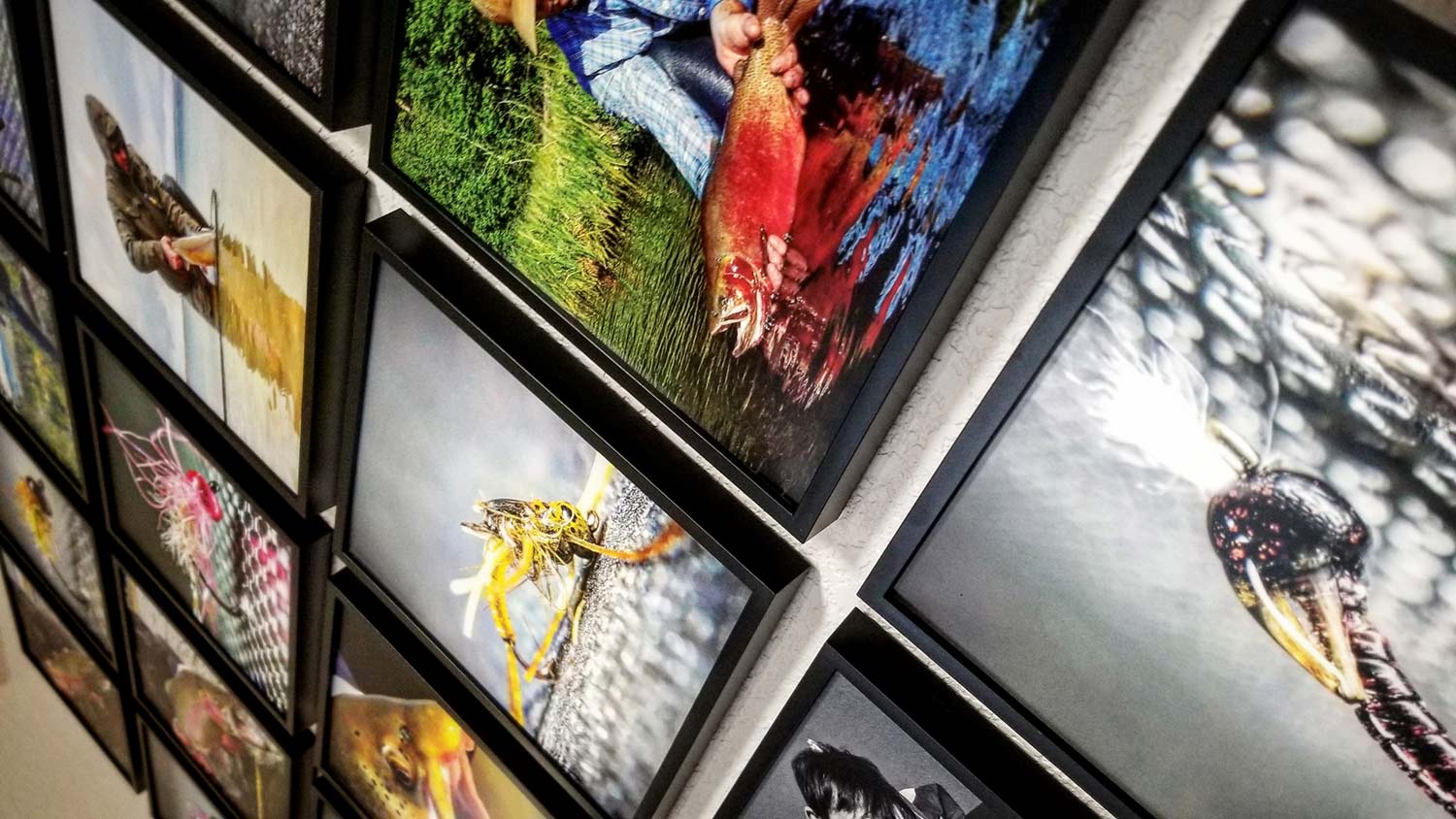
By Bob Reece
As a junior high science teacher, my daytime work environment is chaos.
While all of our professional lives vary, the constant of stress remains. Fly tying can provide great respite from the challenges of adulting. Creating a tying environment conducive to this exponentially enhances the healing element of this pass time.
On a basic level, I believe that it is fundamentally important to have a permanent location for your fly tying adventures. By establishing a dedicated tying area, the process of setting up and taking down your materials is eliminated. This provides you with more time to construct the flies that fill your boxes.
In a deeper sense, I personally see fly tying as both an escape from stress and a source of healing. I’m blessed to still have the desk that I tied my first fly on as a kid. That has and always will be the foundation of my tying area. I’ve always been a highly visual and deeply emotional person. As a result of this, I layout the walls of my tying setup with pictures of my kids, adventures and moments that are nothing but positive. When I sit down to tie, I want to leave any stress and negativity behind me and be engulfed by good thoughts and memories. This may sound cheesy. Yet, the reality of it is
Read More »Small Stream Recon Part II
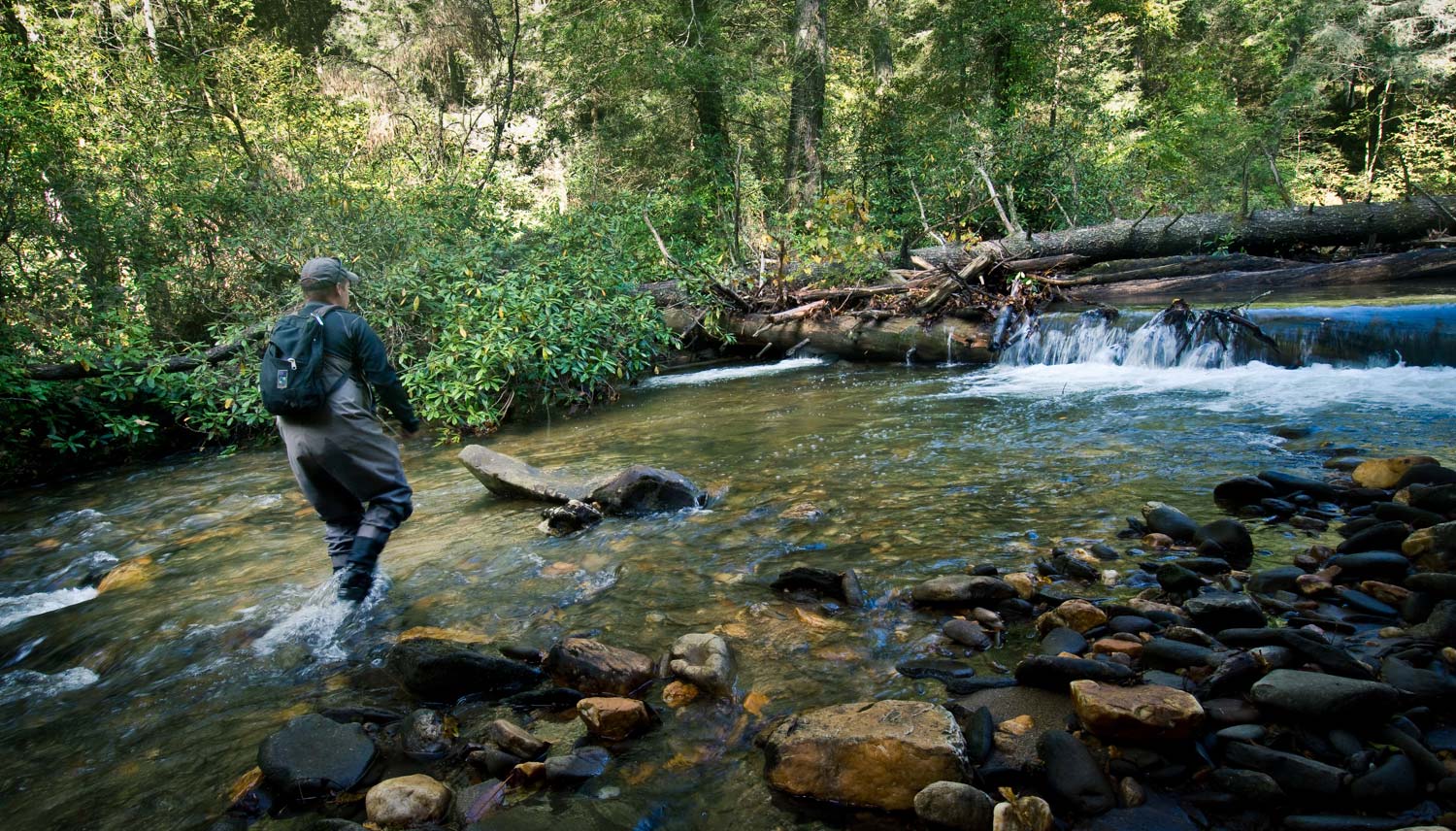
By Jason Tucker
More tips on finding small streams that pay off big!
For the sake of space we split the subject of small-stream recon into two parts. In the previous installment we discussed using state websites, online maps, printed maps and atlases, and guidebooks to find small-stream fishing. Click here to read it if you missed it.
Electronics
Online maps and and phone apps are getting better and better, and service providers are continually expanding service even into the backcountry. Google maps is a great tool to use at home with a guidebook and DeLorme atlas. You can mark spots on the map, then open the app on your phone and follow the directions all the way to your stream. It even has GPS connectivity that allows it to work in areas without coverage.
Another useful app available for a subscription is OnX Maps. It is not a navigation app. Instead it identifies public lands and private land ownership and shows where you are on the landscape. You can positively identify unmarked public lands you can use for access, and identifies landowners in case you feel like asking for permission. It was developed for hunters, but now even real estate agents use it to accurately identify property boundaries. I think it will open up a lot of water to anglers who never realized there was public access to certain streams.
Fly Shops and Friends
I’m lumping these two resources together for a reason. Both can be great sources of intel, but you need to be careful not to abuse their largesse. Fly shops are in the business of promoting their fishery, and will have local maps, information on water conditions, hatches and flies, and sell guidebooks and other useful tools.
However, they are often promoting larger systems with well-known access points. Think that big trout stream that runs next to the paved highway or county road, gets stocked on a regular basis and is almost solid with canoes and tubers on holiday weekends. They are often a bit more reticent to talk about small streams for good reason. If you can somehow demonstrate respect for the resource and the ability to keep your mouth closed they may be more forthcoming.
Friends can be an even more touchy area. A lot of angling friendships have ended by someone burning a spot they were told in confidence.
Read More »Sunday Classic / Dicky’s Tarpon Silencer
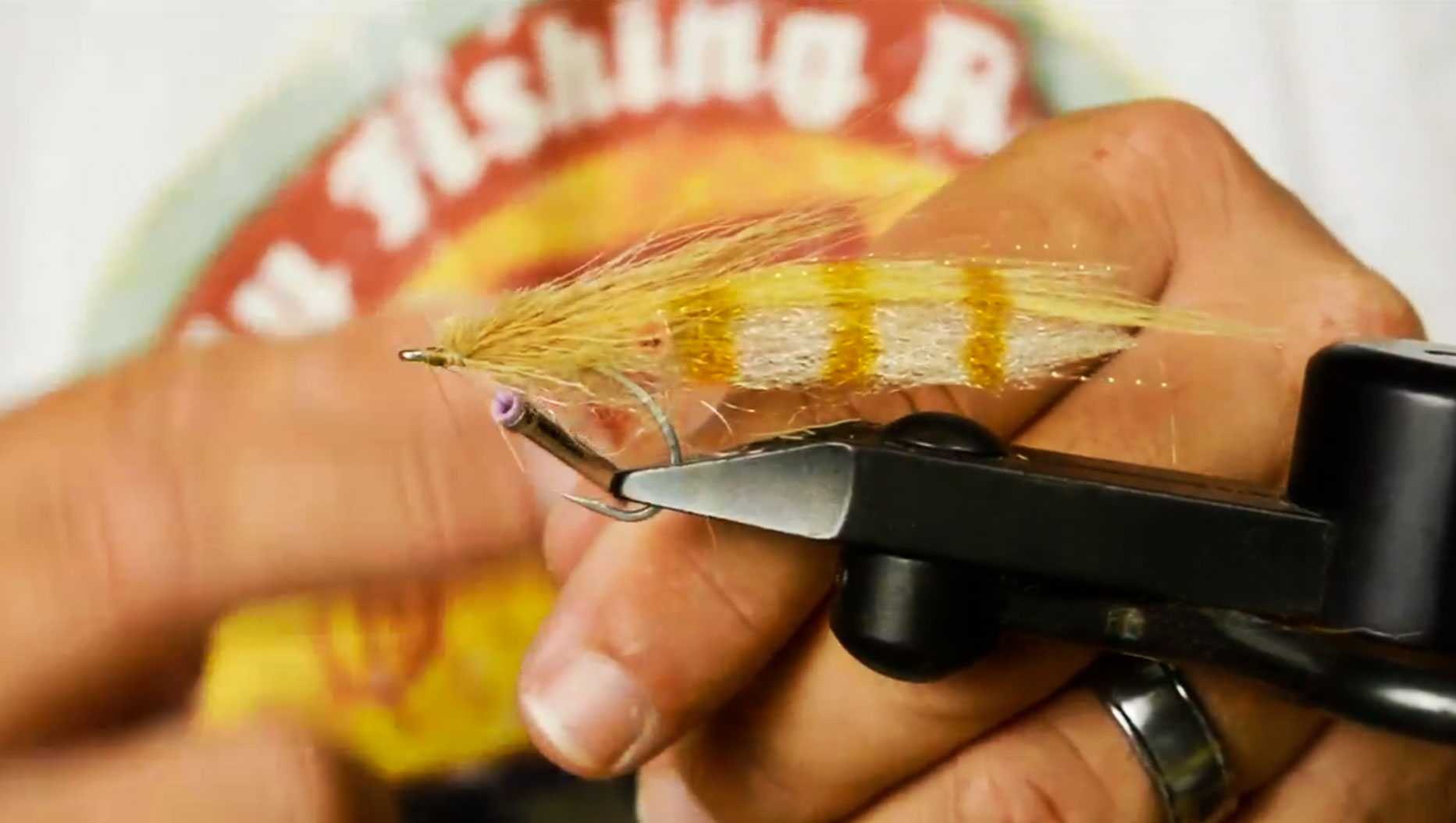
WHO’S AFRAID OF THE BIG BAD FLY?
On dead calm days in the Florida Keys the silver king can be afraid of his on shadow. I’ve seen plenty of big tarpon vanish at the sound of the fly landing on the water. As a flats guide, so has Joel Dickey. That’s why he came up with this fly that the calls the Tarpon Silencer. The Silencer lands so softly that even the most skittish tarpon keep their cool and it’s shrimpy profile is irresistible.
If you’re planning a trip to the Keys, or any tarpon fishing destination, this is a fly you want in your box.
Watch the video and learn to tie Dicky’s Tarpon Silencer.
Read More »Saturday Shoutout / The Creek
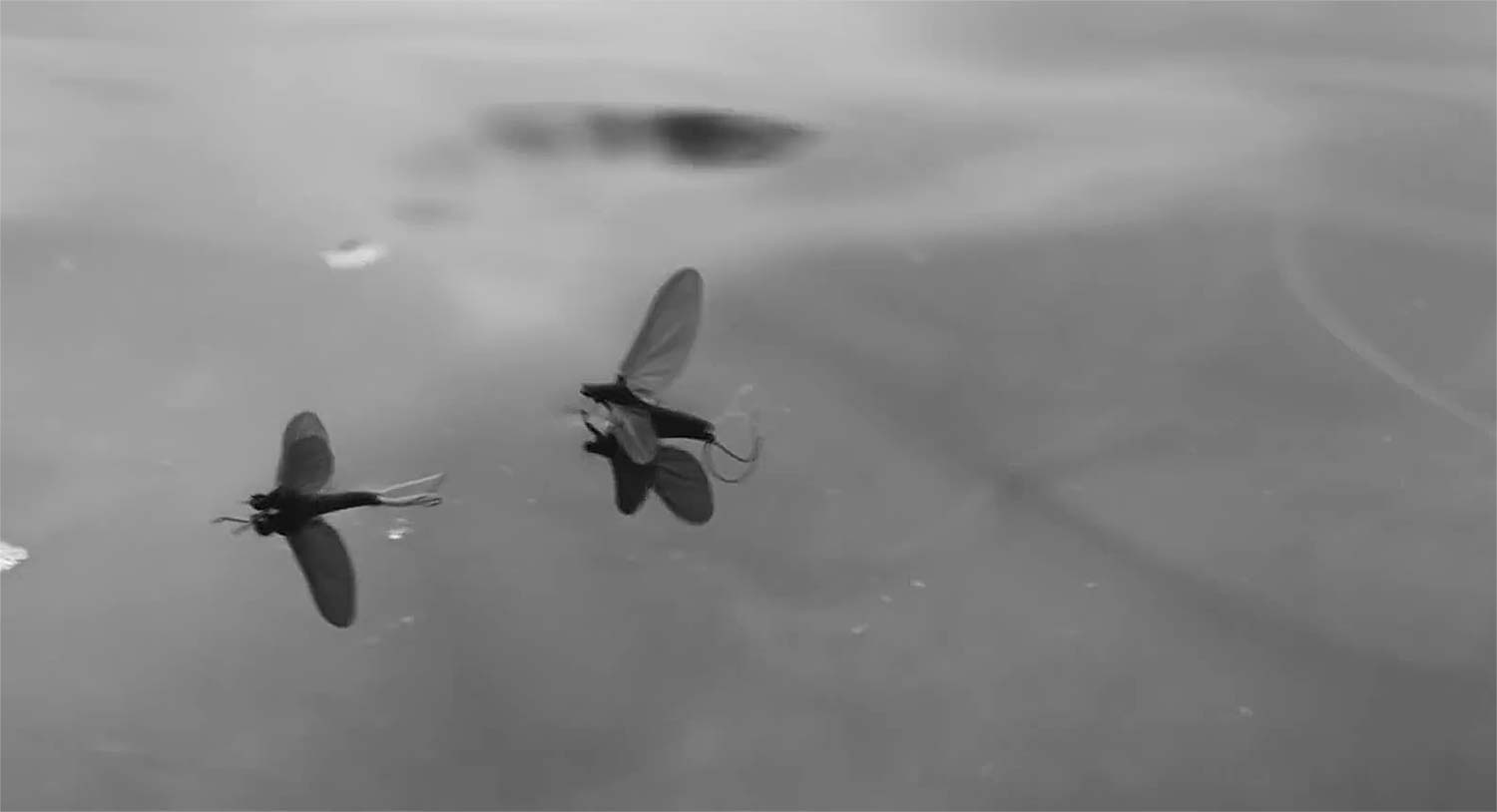
WITH A LOT OF LOVE, AND A LITTLE WORK, EVERYTHING WORKS OUT.
Trout fishing, fatherhood, self exploration. Nothing a little leg work can’t tackle. This beautiful little film touches on it all. Take the journey for a little hard won trout fishing in Sweden.
THE CREEK
Read More »Make Better Roll Cast: Video
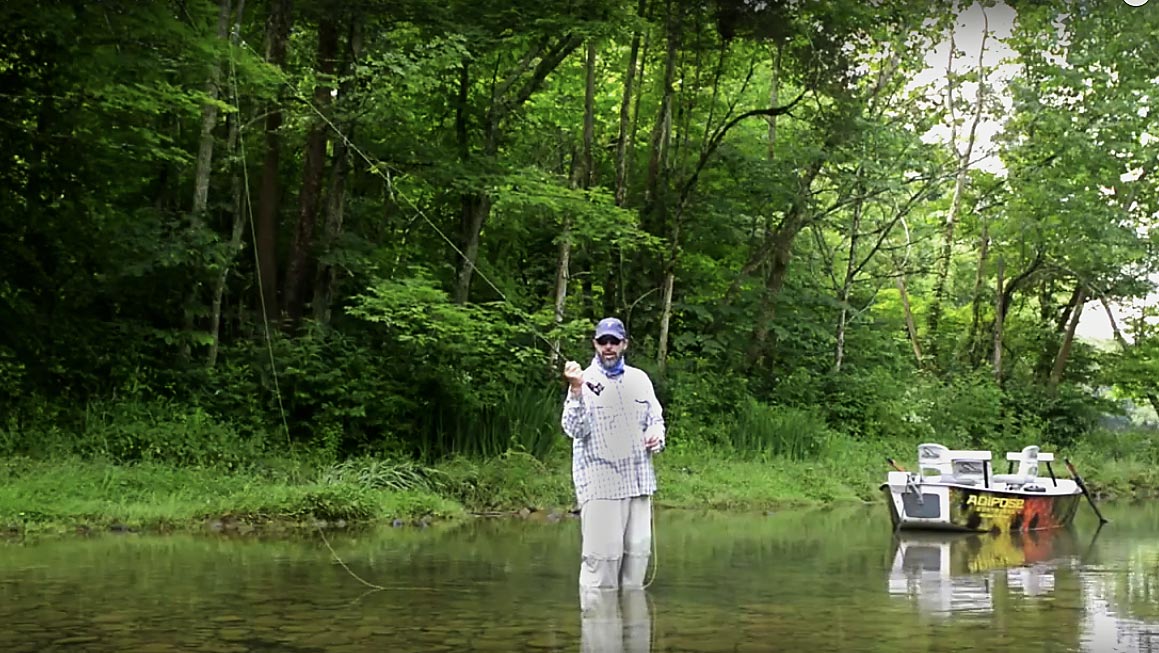
It isn’t flashy, but a good roll cast will catch you a lot of fish you might otherwise miss.
Roll casting is an essential skill for any angler, especially those targeting trout. Many of the mountain streams where trout live have little room for a backcast. A good roll cast opens up a lot of water that’s unfishable by any other means. It’s usually one of the first casts an angler learns, and because their understanding of fly casting is limited, anglers often learn the cast poorly. Very few go back and fix the problems they developed early on.
A FEW OF THE SKILLS WHICH ARE KEY TO A GOOD ROLL CAST ARE:
Making a robust D loop.
Keeping the path of the rod tip flat on the casting stroke.
Smooth acceleration of the cast to an abrupt stop.
Once you have the basics of the cast down, you can add a haul and shoot line for more distance. Roll casting this way is very effective on all types of water.
WATCH THIS VIDEO AND LEARN TO MAKE A BETTER ROLL CAST.
Read More »Reece’s J.T.T
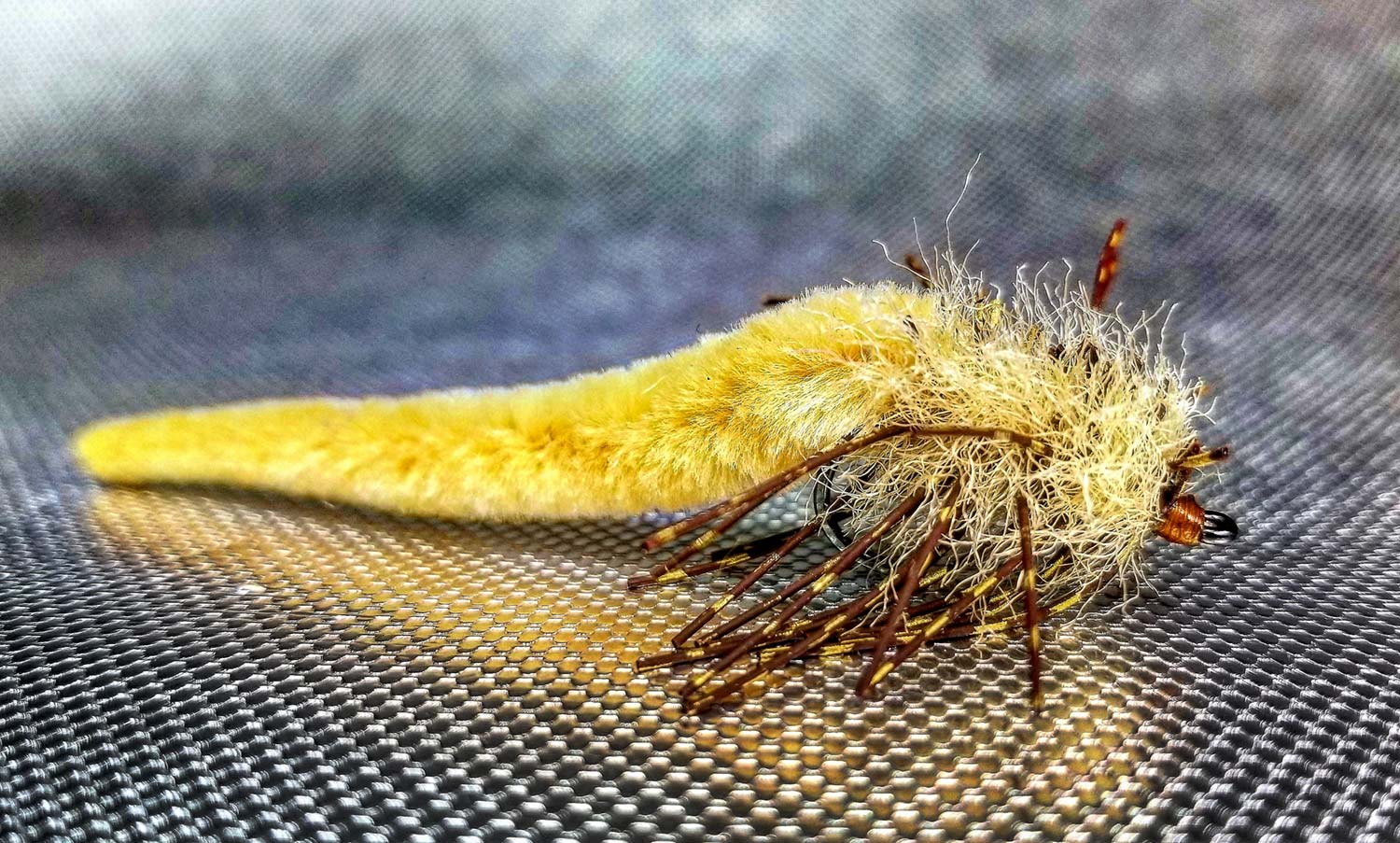
By Bob Reece
Unlimited creativity is my favorite aspect of fly tying.
With the constant influx of new tying materials, the possible combinations for creating successful patterns increases. In addition to this, the construction of many new materials simplifies the tying process needed to create equally, if not more productive flies.
Throughout the Rocky Mountain region, water has recently returned to a liquid state. Ice off on my regional still waters in one of my favorite seasonal fishing events. Regardless of the time of year, big and ugly is often a great way to go when selecting Stillwater patterns. This element seems to be especially true for the first few weeks following the thaw on most lakes.
In the still waters that I guide on dragon fly nymphs are a prevalent food source for trout. The largest of the species in these waters grow to just past two inches in length as fully developed nymphs. In an effort to imitate these types of food sources, I created the J.T.T. streamer. I typically tie the pattern in tan, black and olive.
By using just the tip of a dragon tail, the patterns produces a substantial profile with supple movement. The R Distribution Lively Crustacean Legs brush, makes for an easy finish to the pattern that provides additional profile and movement. Most importantly is the hook that this pattern is founded on. The Owner Mosquito hook is constructed with an offset point and a short shank. These two factors turn the odds in the anglers favor with regard to hooking and holding fish.
When fishing this pattern I typically use a clear intermediate sinking line.
Read More »